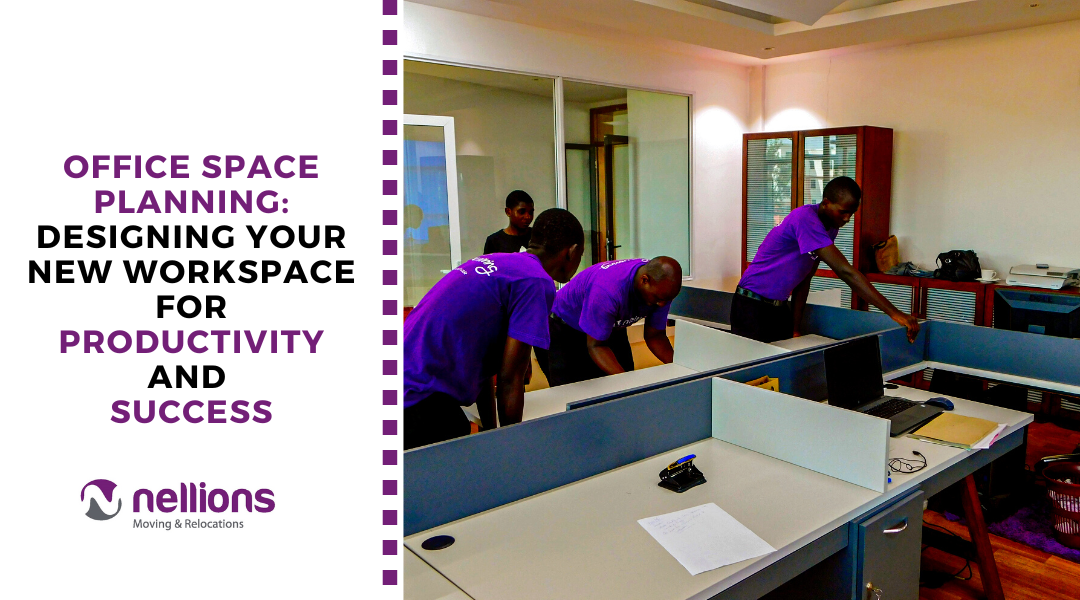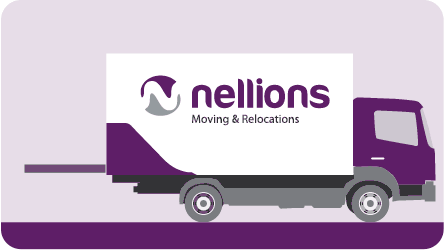Last updated on February 14th, 2024 at 08:57 am
One often overlooked factor that plays a crucial role in business success is the physical workspace. Office space planning isn’t a luxury; it’s a strategic necessity that directly influences productivity, employee satisfaction, and your bottom line. From fostering collaboration to sparking innovation, the right office design can be a game-changer. But office space planning isn’t just about moving desks and chairs around; it’s about creating an environment that breathes life into your business performance. With the right planning, your office can go from just a place to work to a well-tuned instrument for success.
This article will serve as your comprehensive guide to designing your new office space so that it becomes a springboard for productivity and success.
The Power of a Well-Planned Office Space
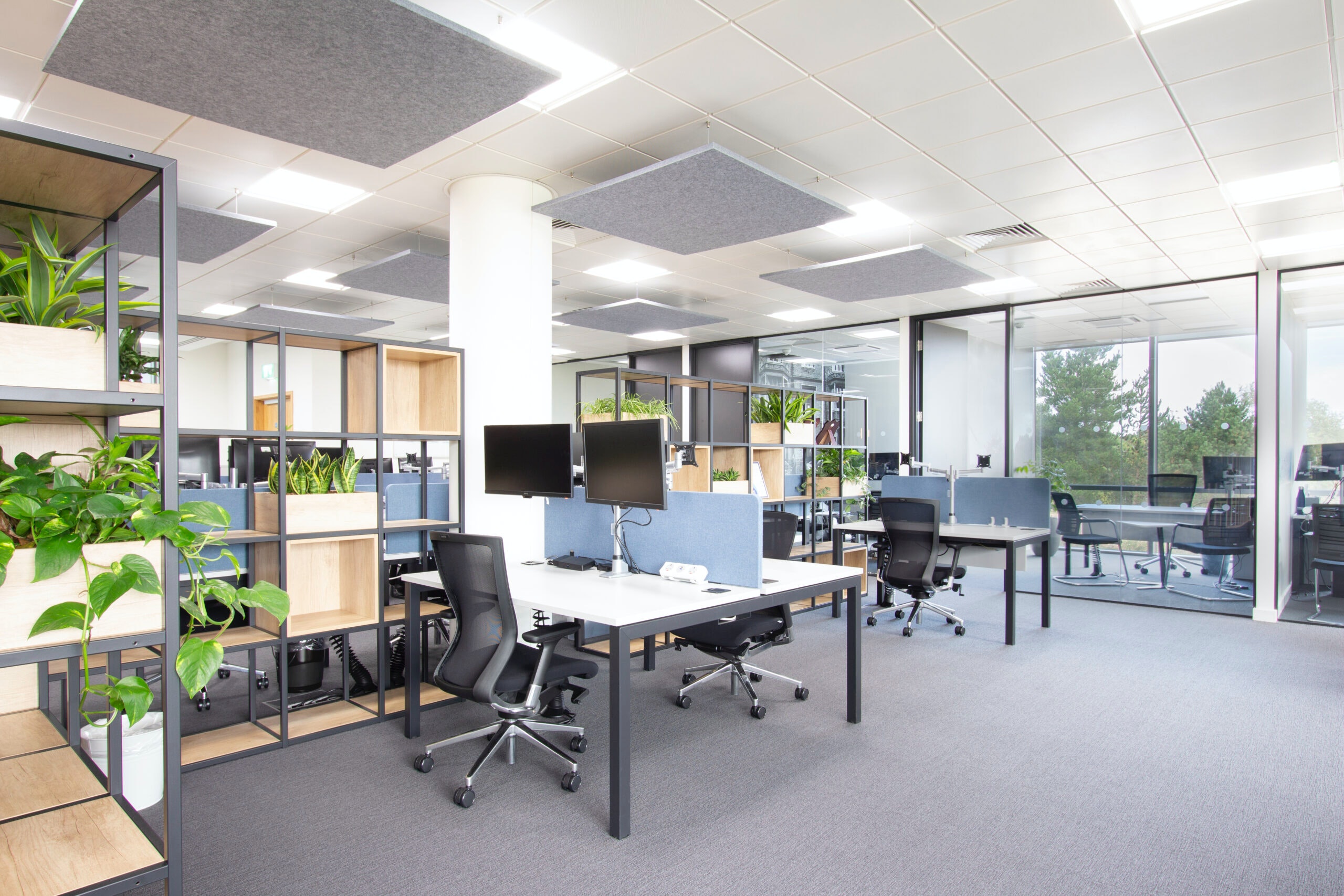
A well-planned office space is an environment designed with purpose and strategy. Key elements of such a space include ergonomic design, efficient storage, optimal desk arrangement, and ample natural lighting. When these are well planned and organized, a workspace can have profound effects on both individuals and businesses as a whole. These include:
Boosted Productivity
One of the most significant benefits of a well-planned office space is increased productivity. A clean, organized workspace free from clutter reduces distractions and helps employees concentrate on their tasks. Furthermore, strategically placing equipment and supplies can save time and make workflows more efficient.
Enhanced Collaboration
An office space designed with collaboration in mind can foster teamwork and innovation. Open spaces, communal tables, and breakout areas encourage interaction and exchange of ideas, leading to creative problem-solving and a stronger team spirit.
Improved Morale and Work Relationships
The physical environment has a direct impact on employees’ moods and morale. Natural light, comfortable furniture, and a pleasant ambiance can make the workspace a place employees look forward to. Moreover, providing spaces for relaxation and socializing can strengthen work relationships and contribute to positive company culture.
Better Time Management
An organized workspace allows for better time management. When everything has its place, less time is wasted searching for documents or supplies. This leads to more efficient use of time and higher productivity.
Reduced Stress Levels
A cluttered, chaotic workspace can contribute to stress and anxiety. On the contrary, a well-planned, organized office can create a sense of calm and control, leading to lower stress levels and improved mental well-being.
How to Achieve A Well Planned Workspace
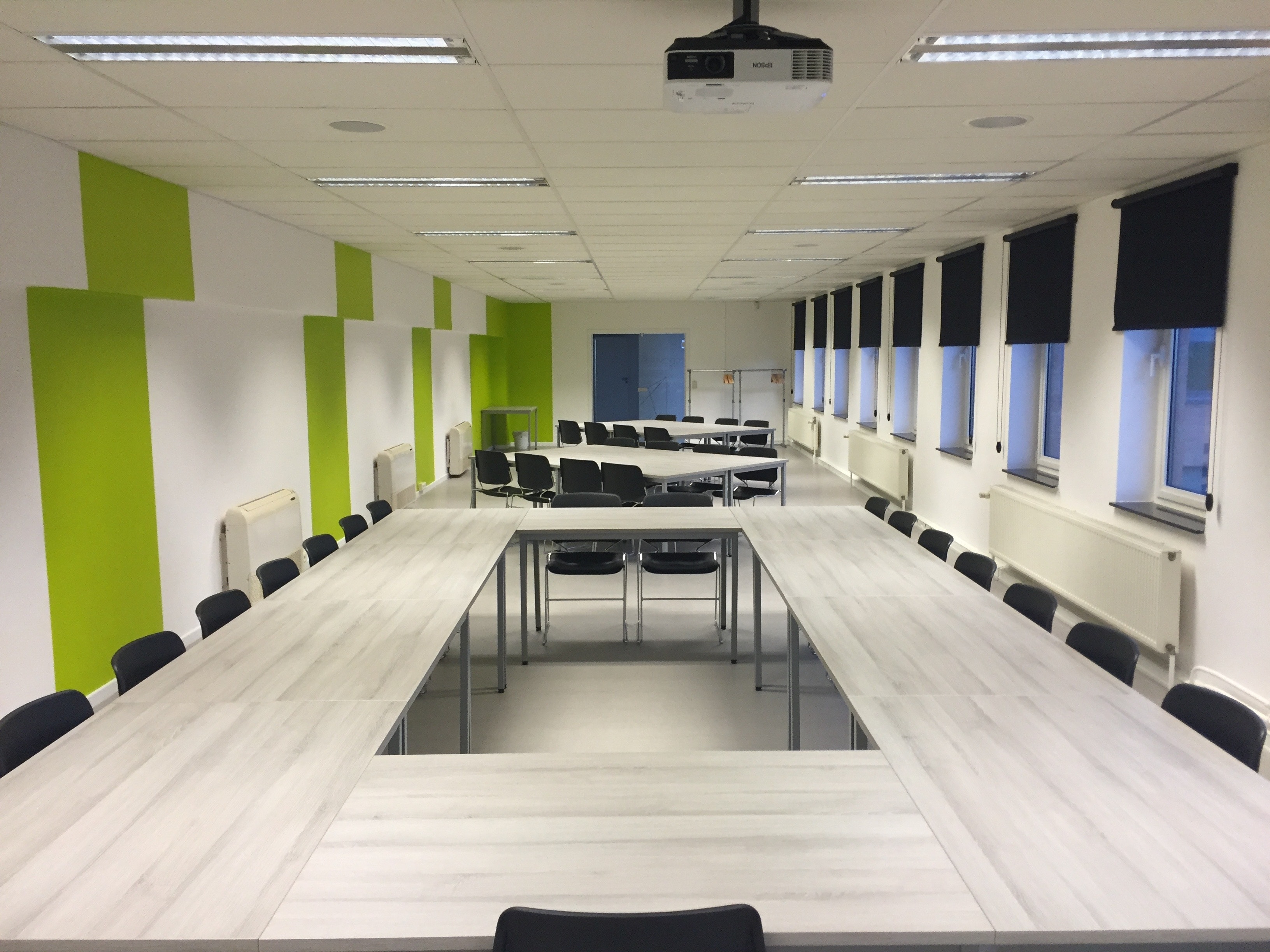
Office space planning requires careful thought and strategy. Here is how to do this:
Start with Proper Planning
Proper planning is vital for several reasons. First, it helps identify and address potential issues before they arise, minimizing downtime and disruption. Second, it ensures all resources, from personnel to equipment, are utilized effectively. Lastly, it sets clear expectations and timelines, keeping everyone involved informed and focused.
When starting your office space planning process, there are several key considerations to keep in mind:
- Size of the New Space: Understanding the size and layout of your new office is crucial. It will determine how your furniture and equipment will fit and how your employees will interact within the space.
- Employees’ Roles and Responsibilities: Consider the needs of different roles within your company. Do your designers need more open spaces for collaboration? Do your developers require quiet corners for concentration? Tailor the workspace design to support these needs.
- Company Culture: Your office space should reflect your company’s culture. If your company values transparency and collaboration, an open floor plan might be suitable. On the other hand, if privacy and focus are paramount, individual offices or cubicles might be more appropriate.
- Budget Constraints: Be clear about your budget from the onset. This includes costs for the move itself, new furniture or equipment, potential downtime during the move, and any updates or modifications needed in the new space.
Communication is Key
One of the critical aspects of this process is communication with various stakeholders, including employees, building management, vendors, and clients. Providing sufficient notice to these parties ensures smooth operations and helps maintain good relationships.
- Employees: Employees are the backbone of your company, and their cooperation is crucial for a successful move. Informing them about the move at least 3-6 months in advance gives them ample time to adjust their plans and prepare mentally for the change. This period also allows time to address any concerns or questions they might have.
- Building Management: Whether you’re leaving a rented space or selling a property, you must inform the building management or the owner. The notice period might be stipulated in your lease or sale agreement. This allows them enough time to find a new tenant or buyer.
- Vendors and Service Providers: Your business relies on various vendors and service providers, ranging from IT services to office supplies. Informing them about your move 1-2 months in advance will ensure uninterrupted service. For utilities like electricity, water, and internet, coordinate the disconnection at your current office close to the moving date and set up connections at the new location before you move in.
- Clients: While your clients may not be directly affected by your move, keeping them informed helps maintain trust and transparency. Notify them at least a month before the move, especially if there might be disruptions to your usual services.
Consider Important Dates or Events
Choosing to design or renovate your new workspace too early or too late can both have negative impacts. When done prematurely, it may disrupt work processes, while if done too late can result in rushed decisions and poor planning.
Moreover, certain dates and events could cause disruptions or add extra stress to the design process. For instance, making changes to your office plan during a busy period in your business cycle might disrupt your operations and lead to revenue loss. Similarly, redesigning on a public holiday might incur additional costs due to overtime pay for interior design crews.
Therefore, to ensure your office planning process is seamless, you should start by creating a calendar of the year ahead. Then, mark off any company-wide events, public holidays, and peak times in your business cycle. Once you have identified potential conflict dates, you can start planning your office planning and design strategically.
Estimate the Duration of the Design Process
Estimating the duration of how long it will take to design your new office space is crucial. This helps you prepare your team, manage expectations, and minimize disruptions to your operations. Here’s how you can determine the timeline, keeping various factors into account:
- Size of the New Office: The size of your new office will significantly impact how long it will take to design and set it up. Larger spaces typically mean more furniture, equipment, and other items to move around and set up.
- Amount of Furniture and Equipment: The amount and type of furniture and equipment you have can also affect the timeline. Specialized equipment may require professional handling and extra time to disconnect, move, and set up safely.
- Availability of Your Team: Your team’s availability can also impact the timeline. If you have staff members who can help with designing and setting up the new space, you might be able to save time. However, it’s crucial not to disrupt their regular duties too much and probably hire the services of a moving company.
Plan for Downtime
Despite best efforts, some downtime is inevitable when designing and setting up a new office move. You must, therefore, factor this into your planning. Start by identifying potential sources of downtime, such as packing and moving old furniture and setting up new furniture in the office, and estimating their potential impact on business operations. Next, develop strategies to minimize this downtime.
You can consider options like:
- Gradual Design: Consider designing the new office space in stages. This could mean designing one department at a time, reducing the impact on the whole company.
- Staggered Work Schedules: Implement staggered work schedules during the designing process. This ensures that some employees are always available to maintain essential business functions.
- Remote Work Options: If feasible, allow employees to work from home during the design process. This can help maintain productivity while the physical office is being relocated.
It’s also vital to have a contingency plan for unexpected delays, ensuring clear communication protocols and emergency contacts are readily available.
Setting Up and Designing the New Workspace
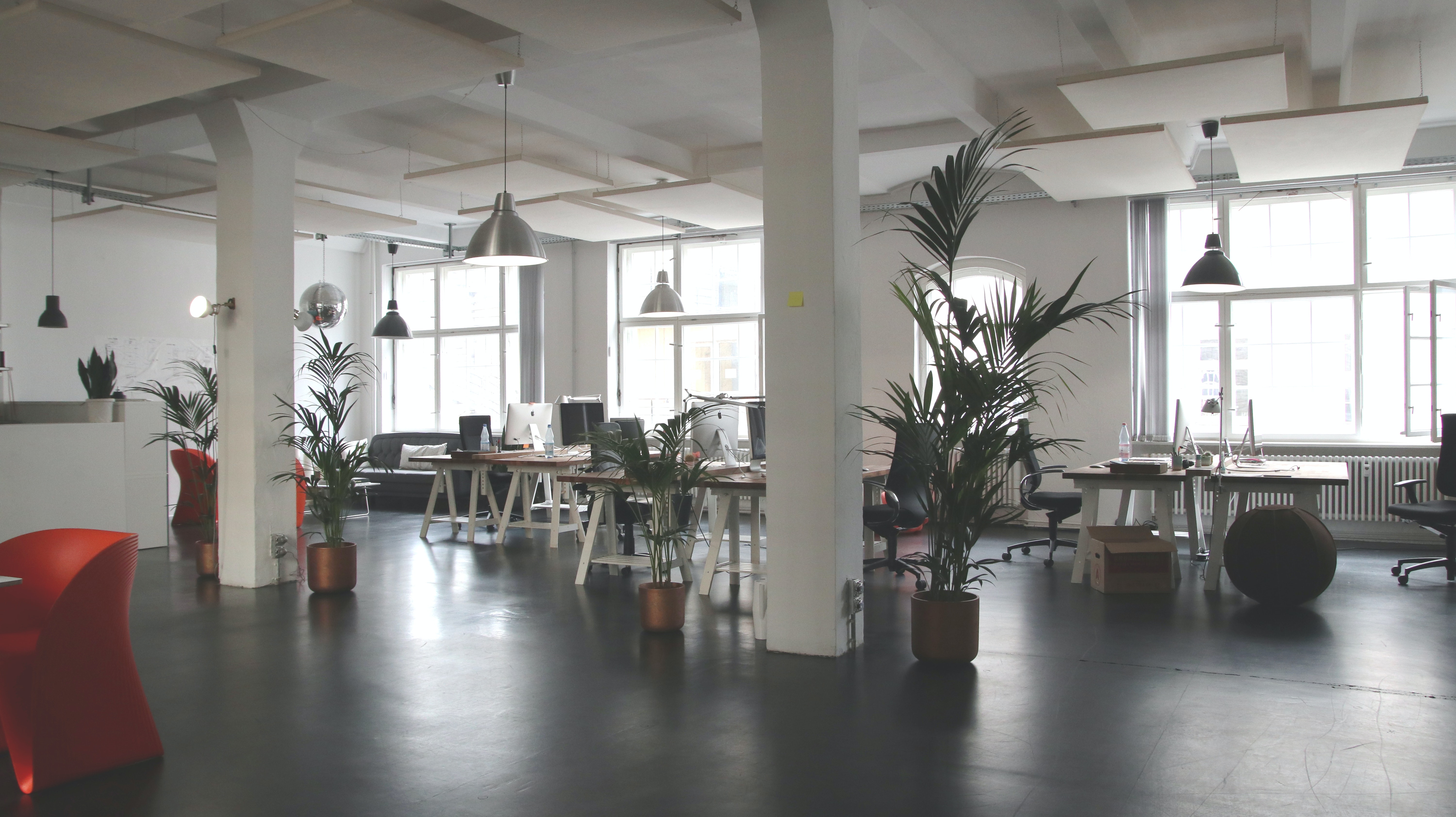
Once the move is complete, attention should be turned to setting up and designing the new workspace. This is your chance to create a well-planned workspace that boosts productivity and fosters a positive work environment.
Here are some tips to help you set up a well-planned office space effectively:
- Organize for Efficiency: The layout of your workspace can significantly impact productivity. Consider the flow of work and place teams that collaborate frequently near each other. Also, ensure that essential equipment like printers or coffee machines are easily accessible to all.
- Install and Test IT Infrastructure: Ensure all technological systems such as computers, internet, phones, and printers are set up and working properly. A smooth transition in terms of IT infrastructure can significantly minimize disruptions to operations.
- Prioritize Ergonomics: Comfortable employees are productive employees. Invest in ergonomic office furniture that supports posture and reduces physical stress. Adjustable chairs and desks, footrests, and monitor stands can make a big difference.
- Create Relaxation Areas: Designate spaces for relaxation and informal meetings. These breakout areas can help foster creativity, and employee well-being.
- Create Collaborative Spaces: Create open spaces for brainstorming sessions and team meetings. These spaces should be equipped with tools that facilitate collaboration, such as whiteboards, large screens for presentations, and comfortable seating.
- Lighting and Ventilation: Good lighting and ventilation are crucial for maintaining a healthy work environment. Make the most of natural light and ensure there’s adequate artificial lighting for darker areas. Proper ventilation can also improve air quality and reduce the spread of germs.
- Add Plants: Incorporating plants into the workspace can boost morale and improve air quality. They also add a touch of nature that can make the environment more calming and inviting.
- Personalize: Let employees personalize their working area. It can make them feel more comfortable and increase their sense of belonging.
- Prioritize Safety: Adhere to all safety regulations. Ensure there are clear emergency exits, fire extinguishers, and first aid kits available. Additionally, consider accessibility features to accommodate all employees.
Need a Reliable Moving Company?
The importance of hiring a professional moving company during the relocation and design of your workspace cannot be overstated. Professional movers not only ensure a swift and efficient move but also contribute significantly to maintaining business operations and productivity.
At Nellions, we understand that every move is unique and requires a personalized approach. With years of experience in office relocations, we have built a reputation for reliability, efficiency, and excellent customer service. We work closely with your team to develop a detailed moving plan that aligns with your business needs and schedule.
Our professional movers handle everything from packing and transporting office equipment to setting up your new workspace efficiently. Our team can assist in arranging your new office layout to foster collaboration, streamline workflow, and create an engaging work environment. And, if your new workspace requires a phased setup or if you have excess assets that need storing, we offer both short-term and long-term storage options in our secure facilities.
With Nellions, you’re not just hiring a moving company; you’re partnering with a team dedicated to the success of your business’s transition into its new workspace. Contact us today by calling +254 700 000 002 or emailing us at move@nellions.co.ke.




